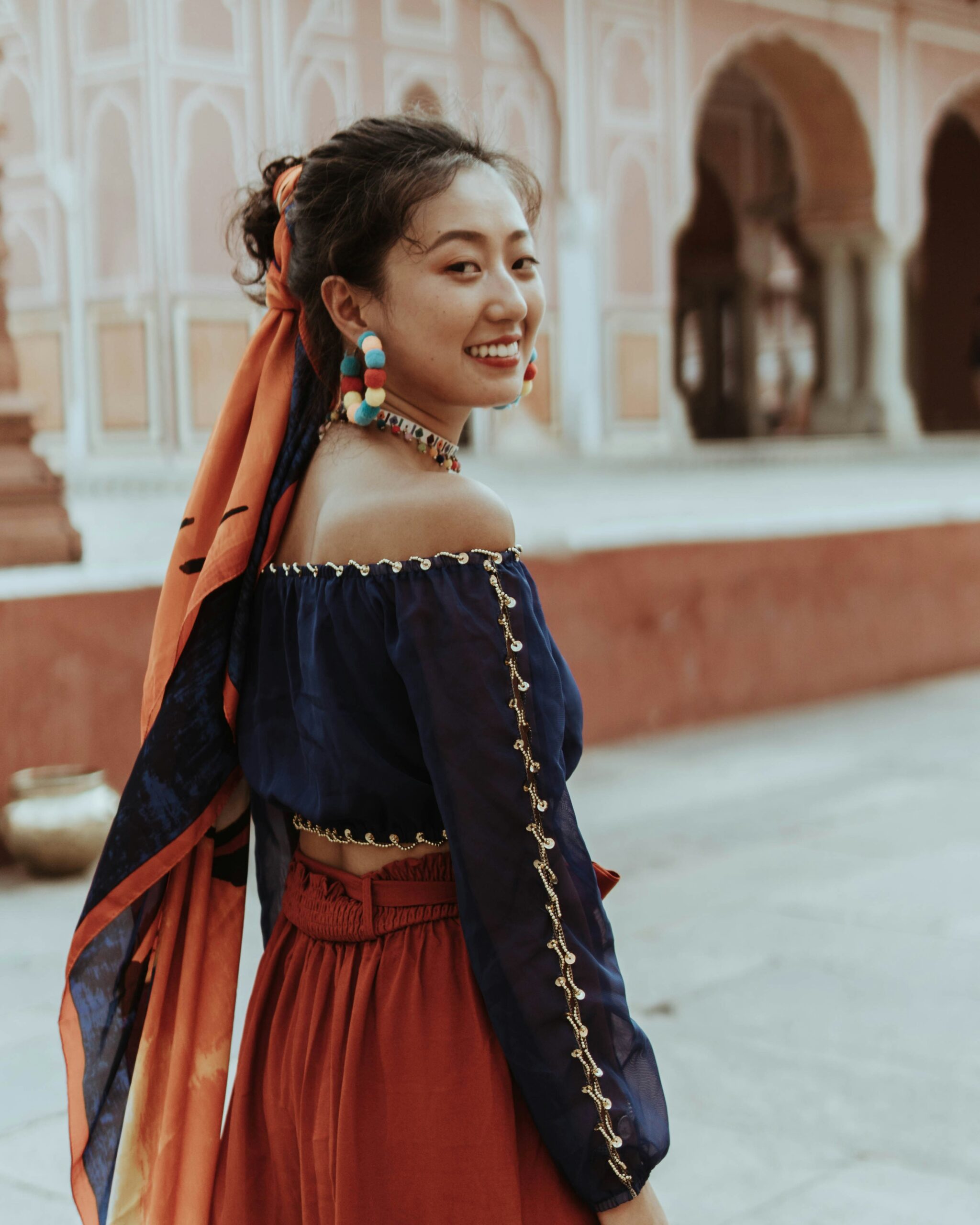

Introduction to the concept of cultural influence in fashion
Fashion is more than just fabric and trends; it’s a vibrant tapestry woven from cultures around the globe. Every stitch tells a story, reflecting heritage, beliefs, and traditions that transcend borders. As we explore the myriad ways cultural influences shape our style, we begin to understand fashion as a powerful medium for self-expression and connection.
In an increasingly globalized world, we’re witnessing an exciting fusion of styles and inspirations. Different cultures collide in the realm of fashion, creating stunning results that celebrate diversity. This blog post will delve into these fascinating intersections—examining how cultural appropriation differs from genuine appreciation while highlighting the importance of representation in an industry often criticized for its lack of inclusivity.
Join us on this journey through color, texture, and history as we discover how individuals can thoughtfully incorporate diverse cultural elements into their personal wardrobes. Together, let’s embrace fashion’s potential to unite us all through shared stories and respect for one another’s backgrounds.
Impact of globalization on the fusion of cultures in fashion
Globalization has transformed the fashion landscape in remarkable ways. It has woven together diverse threads from around the world, creating a vibrant tapestry of styles and influences.
As borders blur, designers draw inspiration from various cultures, enriching their collections with unique patterns, textiles, and techniques. This fusion often leads to innovative designs that reflect a global perspective.
Social media plays a pivotal role in this exchange. Platforms allow trends to spread rapidly across continents. A street style seen in Tokyo can influence runways in Paris within days.
Yet while this blending is exciting, it’s essential to recognize the delicate balance between sharing and oversimplifying cultural narratives. Globalization opens doors for collaboration but also requires sensitivity towards authentic representation and respect for origins.
The beauty of today’s fashion lies in its ability to celebrate different heritages while inspiring creativity across all boundaries.
Cultural appropriation vs. appreciation in fashion
Cultural appropriation and appreciation are often blurred lines in fashion. Appropriation occurs when elements of one culture are taken without understanding their significance, often leading to stereotypes or misrepresentation.
On the other hand, appreciation involves honoring and respecting cultural origins. It’s about acknowledging history while celebrating beauty.
For designers and consumers alike, intent is crucial. Wearing a traditional garment as a costume can diminish its value. Instead, learning about the culture behind it fosters respect.
Engaging with artisans from that heritage adds depth to your style choices. Collaborations rooted in mutual respect promote authenticity.
Fashion thrives on inspiration drawn from various cultures but should never exploit them. The goal is to create dialogues rather than reinforce boundaries between us all through styles that inspire unity rather than division.
Celebrating diversity through representation in the fashion industry
Diversity in fashion is more than just a trend; it’s a powerful narrative that shapes our world. When brands choose to showcase models from various backgrounds, they reflect the rich tapestry of human experience.
Representation matters deeply. It allows individuals to see themselves in spaces where they might have felt invisible before. A range of skin tones, body types, and cultural heritages enriches the storytelling within fashion campaigns.
Moreover, diverse representation encourages creativity. Designers draw inspiration from different cultures, blending styles and traditions into something fresh and innovative. This cross-pollination creates unique pieces that resonate with a broader audience.
Consumers increasingly seek authenticity and inclusivity in their favorite brands. They respond positively when they see real people represented on runways and advertisements—a true reflection of society today.
Fashion can be an effective platform for dialogue about identity, acceptance, and pride in one’s roots. Embracing this diversity helps foster understanding among communities around the globe.
How individuals can incorporate cultural influences into their personal style respectfully and responsibly
Incorporating cultural influences into personal style requires thoughtfulness and respect. Start by researching the history behind certain garments or accessories. Understanding their significance helps you appreciate their value.
Choose pieces that resonate with your own identity or values. This creates a genuine connection rather than just wearing something for aesthetic appeal.
Support artisans from diverse cultures by purchasing handmade items. This not only enriches your wardrobe but also contributes to global communities.
Layering elements can be effective too; mix traditional attire with modern fashion in subtle ways. Remember, it’s about blending styles without overshadowing their origins.
When sharing your look on social media, credit the culture you’re drawing inspiration from. Acknowledging sources promotes dialogue and understanding among followers, fostering appreciation over appropriation.
Always approach each piece with an open mind and heart, celebrating diversity while remaining respectful of its roots.
Conclusion: Embracing diversity and promoting inclusivity through fashion
Fashion is a powerful medium for storytelling and expression. It thrives on the rich tapestry of cultural influences, enabling individuals to communicate their identity in unique ways. As we navigate an increasingly globalized world, our wardrobes can reflect this interconnectedness.
Embracing diverse styles promotes understanding and appreciation among different cultures. This journey should be rooted in respect and awareness, ensuring that we celebrate rather than exploit these traditions. By elevating voices from various backgrounds within the fashion industry, we create more inclusive spaces where everyone feels represented.
Incorporating cultural elements into personal style offers a chance to honor those traditions while making them your own. Engage with authenticity, seek out ethical brands that prioritize diversity in their designs, and be mindful of the stories behind what you wear.
As fashion continues to evolve, let’s champion inclusivity as a guiding principle—one that honors each culture’s uniqueness while weaving together a beautiful narrative of shared humanity through style.
